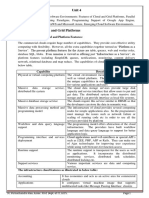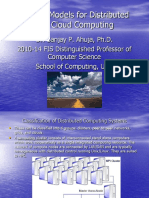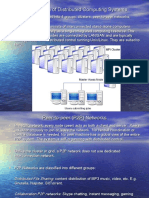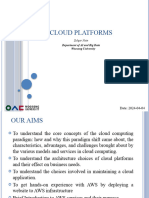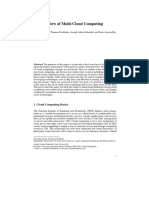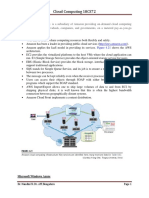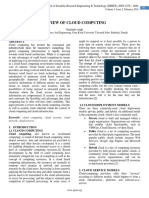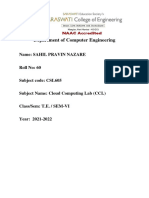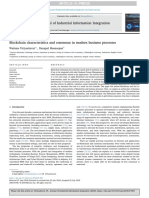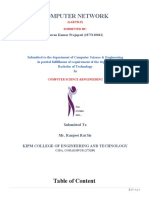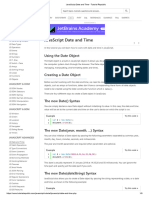0% found this document useful (0 votes)
36 views20 pagesModule 4 Cloud Programming and Software Environments
Module 4 covers cloud programming and software environments, detailing features of cloud and grid platforms, programming support for major services like Google App Engine, Amazon AWS, and Microsoft Azure, and the management of Service Level Agreements (SLAs). It discusses capabilities, traditional features, data transport, security, and various programming paradigms in cloud computing. The module emphasizes the importance of parallel and distributed programming for enhancing application performance and resource utilization.
Uploaded by
Sohit ChauhanCopyright
© © All Rights Reserved
We take content rights seriously. If you suspect this is your content, claim it here.
Available Formats
Download as PDF, TXT or read online on Scribd
0% found this document useful (0 votes)
36 views20 pagesModule 4 Cloud Programming and Software Environments
Module 4 covers cloud programming and software environments, detailing features of cloud and grid platforms, programming support for major services like Google App Engine, Amazon AWS, and Microsoft Azure, and the management of Service Level Agreements (SLAs). It discusses capabilities, traditional features, data transport, security, and various programming paradigms in cloud computing. The module emphasizes the importance of parallel and distributed programming for enhancing application performance and resource utilization.
Uploaded by
Sohit ChauhanCopyright
© © All Rights Reserved
We take content rights seriously. If you suspect this is your content, claim it here.
Available Formats
Download as PDF, TXT or read online on Scribd
/ 20

